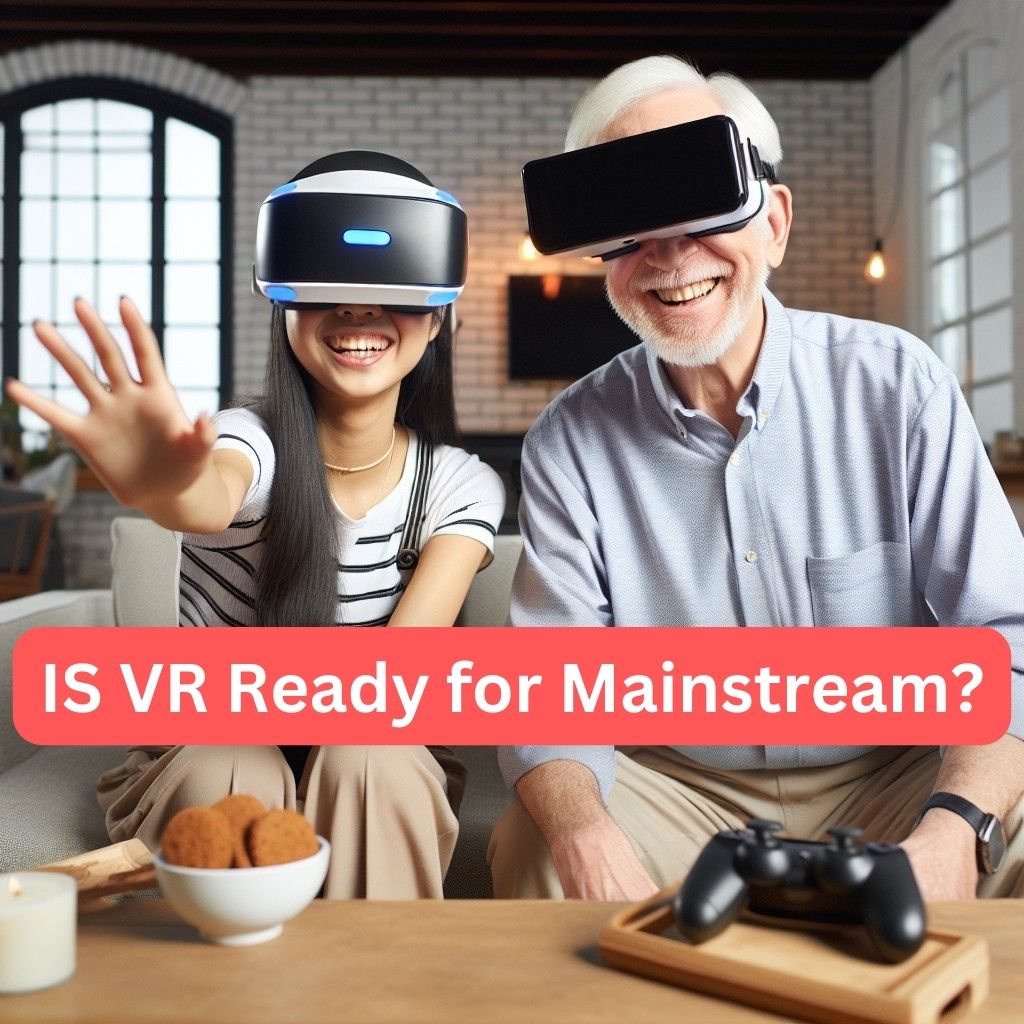Virtual Reality (VR) has come a long way since its inception and has gained significant popularity among tech enthusiasts and early adopters. However, the question remains: Is VR ready for mainstream adoption? In this article, we will explore the current state of VR technology, its challenges, and the potential for widespread adoption.
VR technology has made remarkable progress in recent years, with major players like Oculus, HTC, and Sony investing heavily in developing high-quality VR headsets. These devices offer immersive experiences by simulating a three-dimensional environment and enabling users to interact with virtual objects. With advancements in display resolution, tracking technology, and motion controllers, VR has become more realistic and engaging than ever before.
One of the main challenges VR faces in achieving mainstream adoption is the high cost of entry. Premium VR headsets can be expensive, often requiring a powerful gaming PC or console to run smoothly. Additionally, there are additional costs associated with purchasing VR-compatible games and experiences. These financial barriers make VR less accessible to the average consumer.
Another hurdle for VR is the lack of compelling content. While there are some exceptional VR games and experiences available, the overall library is still relatively limited compared to traditional gaming platforms. Developers need to continue creating innovative and captivating content to attract a wider audience. Additionally, mainstream media and entertainment industries need to embrace VR and produce content specifically designed for this medium.
Comfort and usability are also important factors in determining VR's readiness for mainstream adoption. VR headsets can be bulky, heavy, and uncomfortable to wear for extended periods. Improvements in ergonomics and weight distribution are necessary to enhance the overall user experience. Additionally, reducing motion sickness and eye strain associated with VR usage is crucial for wider acceptance.
Despite these challenges, there are several positive indicators that VR is on its way to becoming mainstream. The COVID-19 pandemic has accelerated the demand for virtual experiences, as people look for ways to socialize, work, and entertain themselves from the comfort of their homes. VR technology offers a unique solution by allowing users to connect with others in virtual spaces, attend virtual events, and explore virtual worlds.
Furthermore, VR is finding applications beyond gaming and entertainment. Industries such as healthcare, education, architecture, and engineering are leveraging VR to enhance training, simulation, and visualization. As VR becomes more integrated into various sectors, its potential for mainstream adoption increases.
In conclusion, while VR still faces certain barriers, it is steadily progressing towards mainstream adoption. As technology continues to improve, costs decrease, and content expands, VR has the potential to revolutionize the way we interact with digital content and each other. With increasing interest from industries and consumers, it is only a matter of time before VR becomes a common household technology.

Published on January 11, 2024
Is VR Ready for Mainstream?
Exploring the Current Landscape and Future Prospects of Virtual Reality
Share This Article
More Articles You Might Like
Discover More Content
Explore our collection of articles across various topics and categories. From cutting-edge technology insights to wellness wisdom, we curate the best stories to expand your horizons.
Article ID: 340